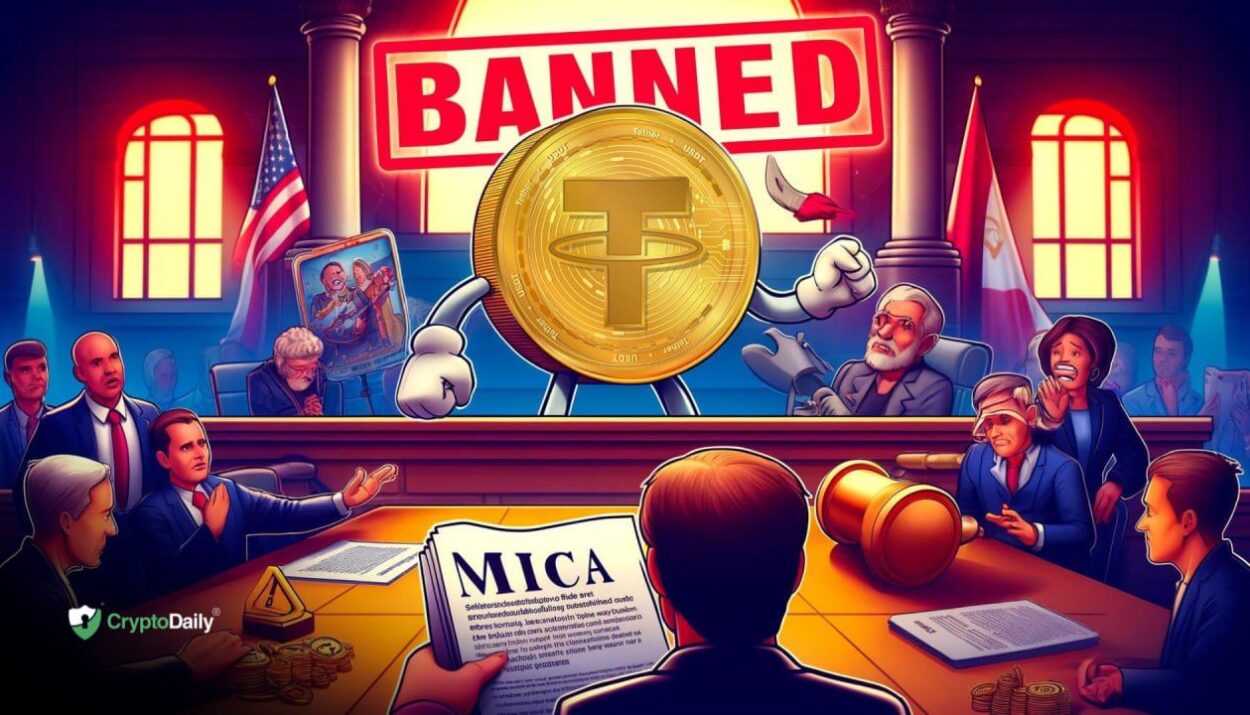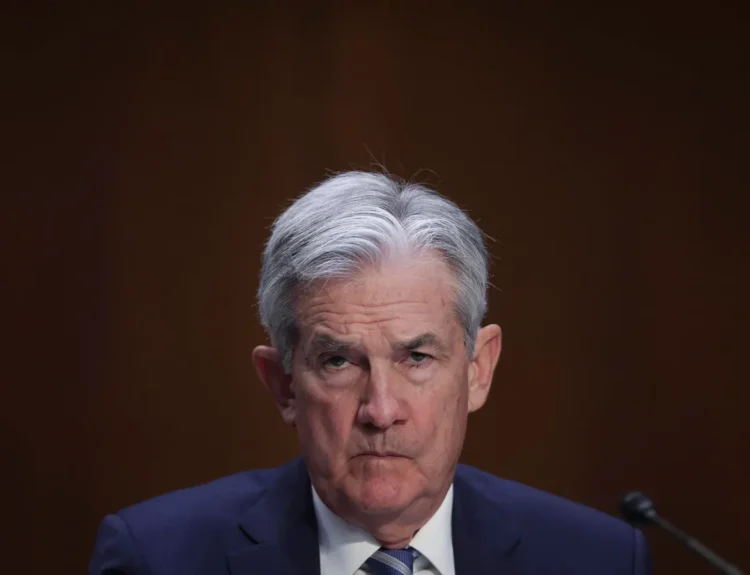In a landmark move, the European Union (EU) will outlaw the use of Tether’s USDT, the largest stablecoin by market cap, under its Markets in Crypto-Assets (MiCA) regulatory framework. The ban, taking effect on December 31, 2024, aims to bolster oversight and transparency in the cryptocurrency sector. Here’s what you need to know and how to prepare.
Why Is USDT Being Banned?
MiCA introduces stringent rules for stablecoin issuers, including:
- Transparency: Full disclosure of reserves backing the stablecoin.
- Compliance: Adherence to anti-money laundering (AML) and counter-terrorism financing (CTF) standards.
- Regulation: Registration and approval by EU authorities.
While competitors like USD Coin (USDC) have aligned with these requirements, Tether Limited has faced ongoing criticism over reserve opacity and inadequate compliance measures. As a result, EU regulators have prohibited USDT from European markets.
Impact on USDT in Europe
- Removal from Exchanges
European exchanges will delist USDT, cutting off liquidity and trading options for users within the region. - Restricted Transactions
Businesses and individuals will no longer be able to use USDT for payments, savings, or trading. - Enforcement Measures
Platforms that continue offering USDT risk fines, legal penalties, or operational shutdowns.
How This Affects Crypto Users
- Market Instability: Potential price swings as users liquidate or transition to alternative stablecoins.
- Increased Costs: Converting USDT to compliant stablecoins like USDC or DAI may incur higher transaction fees.
- Limited Access: EU users may face restricted access to trading pairs and decentralized finance (DeFi) protocols dependent on USDT.
How to Prepare
- Switch to Compliant Stablecoins
Move your funds from USDT to alternatives like USDC, which is MiCA-compliant. - Withdraw to Fiat or External Platforms
Consider transferring assets to your bank account or to platforms outside the EU. - Stay Informed
Monitor updates from your cryptocurrency exchange or regulatory bodies. - Diversify Your Portfolio
Reduce dependency on a single stablecoin by exploring other compliant digital assets.
Broader Implications
The ban signals escalating regulatory scrutiny in the global crypto market. Proponents of MiCA argue it protects investors and promotes transparency, while critics warn it could stifle innovation and limit DeFi opportunities.
As the deadline looms, EU users must act swiftly to adapt to the new rules. Whether this marks the start of a stricter regulatory era or a temporary disruption, the ripple effects will extend beyond Europe.
Key Takeaway: If you hold USDT and operate in the EU, transition to compliant alternatives like USDC and stay updated to safeguard your assets in this evolving regulatory landscape.










